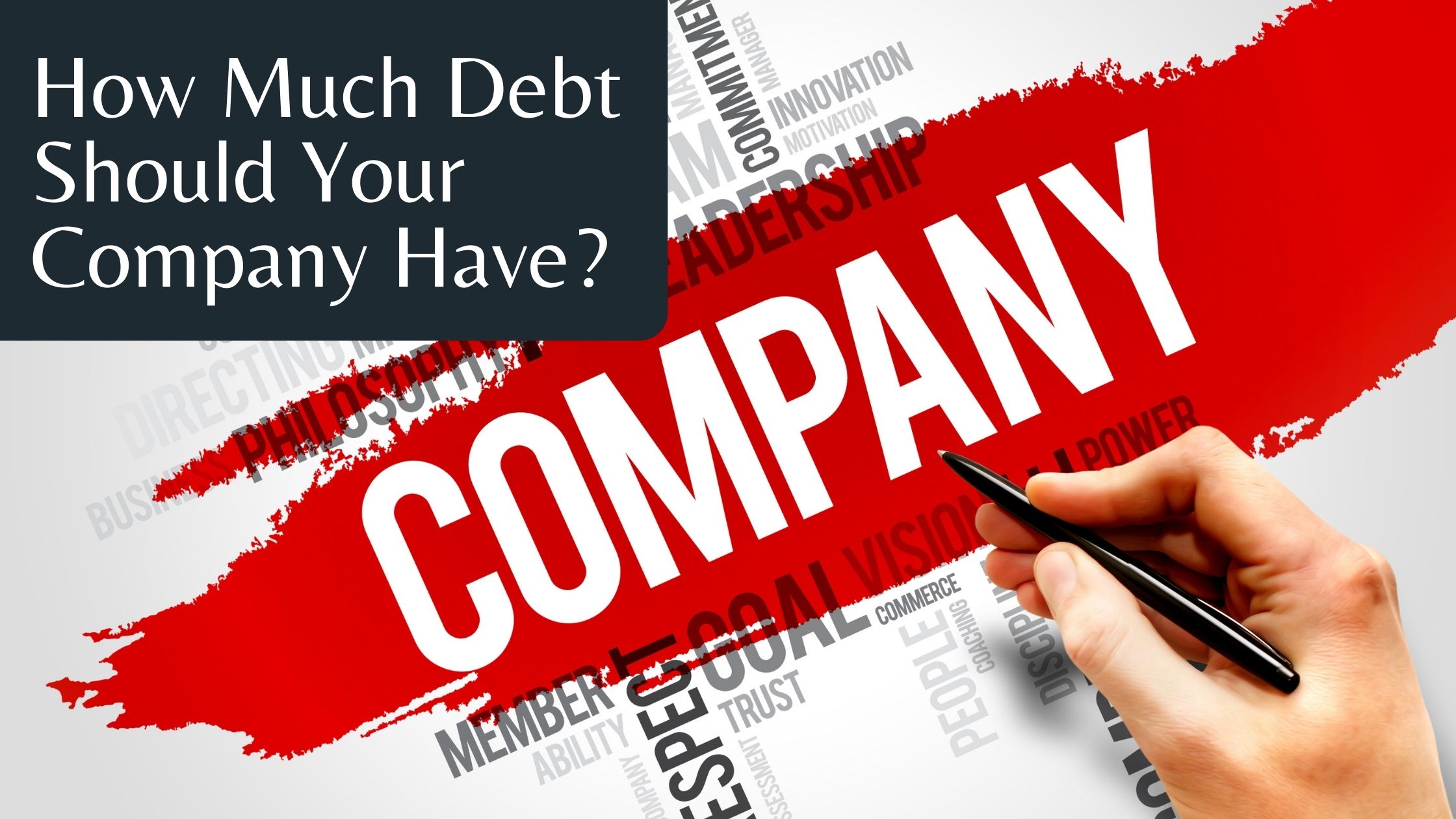Company -The aggressive use of financial leverage, despite its severe side effects, has long been seen to result in higher corporate values. The authors summarise two decades of finance-based research that significantly qualifies that wisdom. Corporate and personal tax rates, which fluctuate depending on the scenario, have a substantial impact on debt’s attractiveness. Higher leverage also has hidden costs, such as the limitations it imposes on a company’s flexibility in adapting financial policies to strategic goals. The authors present a series of questions for CFOs to ask themselves before establishing a debt policy to help organisations construct an optimal capital structure.
Many chief financial officers have been caught between severe funding needs and weakening balance sheets due to a decade of high inflation. The general state of corporate financial health has deteriorated dramatically (see Exhibit I). CFOs leveraged every new dollar of equity with 312 dollars of debt during the 1970s, when they were pressured to provide inflation-mandated additions to working capital and match the rising cost of new plant and equipment. They now face dramatically increased interest payments as a percentage of pre-tax profits as a result of piling so much new debt onto their balance sheets. Worse, because much of that debt is short-term, companies are vulnerable to interest rate swings and refinancing concerns.
Exhibit I: Selected well-being ratios for non-financial firms, averaging year-end values “National Policies and the Deteriorating Balance Sheets of American Corporations,” by Henry Kaufman (New York: Salomon Brothers, February 25, 1981). Before the Conference Board’s 1981 Financial Outlook Conference, he gave a speech.
This decline has not gone unnoticed by the public. Only 39 out of 430 enterprises with an A debt rating in 1972 had been upgraded by 1981, while only 112 had been downgraded. These financial strains do not appear to be going away anytime soon. As existing low-cost debt matures and must be refinanced at today’s high rates, a 10% annual rate of inflation will push up external financing demands and interest payments.
As a result, CFOs frequently clash with operating managers, who are keen to support product-market initiatives in order to maintain a competitive advantage. There is enormous pressure to load the company with an even higher amount of debt, especially in companies where equity financing is unattractive and operations management—concerned primarily with production, sales, and marketing—is the dominating force. What should the CFO do? Is a position of such power worth fighting for?
This article summarises two decades of study on the use of debt by firms with equity-financing alternatives as a response. The most important result is that debt financing has a much lower payoff in practise than many CFOs believe. As a result, some of the assumptions underlying corporate finance policy need to be reconsidered.
We also outline a process by which CFOs can arrive at a sensible debt policy, one that protects against short-term capital market fluctuations, increases the company’s value (the total economic value of its debt and equity), recognises the company’s strategic position, and, most importantly, is understandable to senior management.
What is compensation planning?
Debt Financing’s Attractiveness

Debt’s beneficial impact on a company’s return on equity is usually demonstrated (as in Exhibit II) before moving on to other topics. However, increasing return on equity does not come without a price. It raises fixed interest expenses, causing a company’s break-even point to drift upward toward predicted revenues. More importantly, it increases earnings volatility and, by extension, share price volatility. When a corporation employs debt financing instead of entirely stock, its absolute earnings at the low end of the sales range are much smaller, but its increase in profits at the top end of the sales range is much bigger in percentage terms. The opposite is also true: as sales fall near the low end of the spectrum, profits fall by a considerably bigger amount. As a result, the more the reliance on debt, the worse. The higher the level of sales, the higher the profit—and the lower the level, the lower the profit. According to Robert Hamada’s research, the additional financial risk a corporation takes on by combining debt and preferred shares accounts for 21 percent to 24 percent of the nondiversifiable risk (price volatility) of ordinary stocks.
Of course, such volatility is important to equity investors. Traditional financial theory, on the other hand, believes that they will not become concerned about the increased risk until a company’s debt gets large enough to threaten bankruptcy. If the idea is correct, a reasonable amount of debt—enough to leverage earnings but not enough to alert investors to the increased risk—results in a greater firm valuation.
Taxation’s Effects
Franco Modigliani and Merton Miller disputed this orthodox theory in a seminal piece published in 1958. Debt financing, they believe, would have no impact on a company’s value if there were no taxes or transaction fees. 2 As a result of the increased risk, equity holders would expect a larger return for every increase in financial leverage.
When we compare the total funds available for distribution to a company’s capital suppliers under two quite different capital structures, for example, one that is all stock and the other that is half equity and half debt paying 10%, Modigliani and Miller’s logic becomes evident. On a capital base of $4,000, total distributable funds (or EBIT, earnings before interest and taxes) are $1,000 in each example. Exhibit IIIA shows that in a world without taxes, a company’s decision to employ debt has no impact on its worth.
Furthermore, if the securities of the firm with 50% debt outperform those of the other company, investors would profit by selling their high-priced shares and utilising the proceeds, together with an equivalent amount of personal borrowing, to purchase shares in the debt-free company. Any mispricing of the securities will be quickly corrected by these arbitrage actions, bringing them back to equivalence.
Sales Funnels: Definition, Process, Stages and Examples
Debt policy and the value of a company

The impact of debt financing on total distributable funds has an impact on the value of a company. This influence can be seen at work in the appendix. If a corporation in the 48 percent tax bracket swapped $1,000 of debt for $1,000 of stock and the personal tax rate was 35% on debt income and 10% on equity, the company’s worth would increase by.28 times the loan ($1,000), or $280.
These computations lead to a few broad conclusions. To begin, keep in mind that a firm’s exact payout from debt financing is difficult to predict because it is dependent on the specific tax rates of both the company and the investors. It’s also worth noting that when the personal tax rate on equity is significantly lower than the rate on interest income (as is the case in the United States), the reward is likely to be smaller than classic financial theory would predict. Finally, debt financing actually lowers the value of a company that has no taxable income to disguise!
Debt financing, on average, results in an increase in firm value equal to 10 to 17 percent of the additional debt, according to empirical studies. 4 A company’s value would increase by $1 million to $1.7 million if it shifted from an all-equity capital structure to one that contained $10 million in debt.
